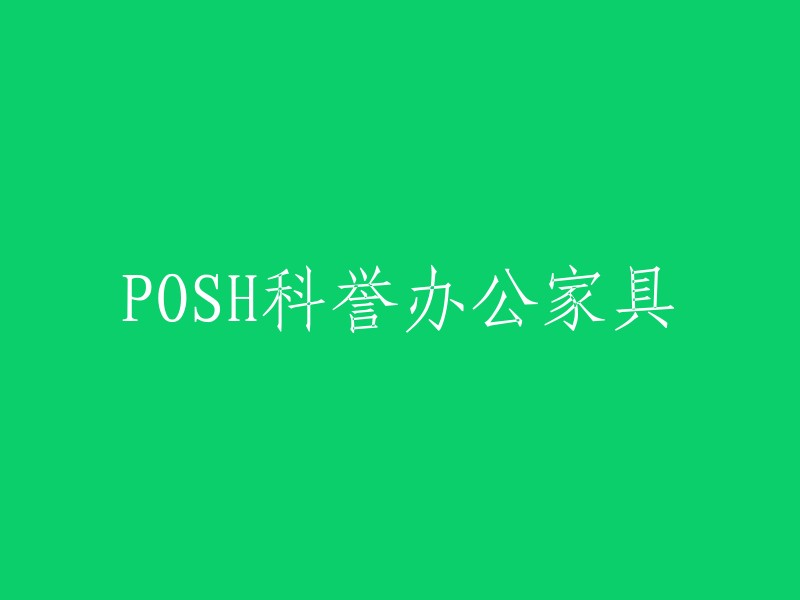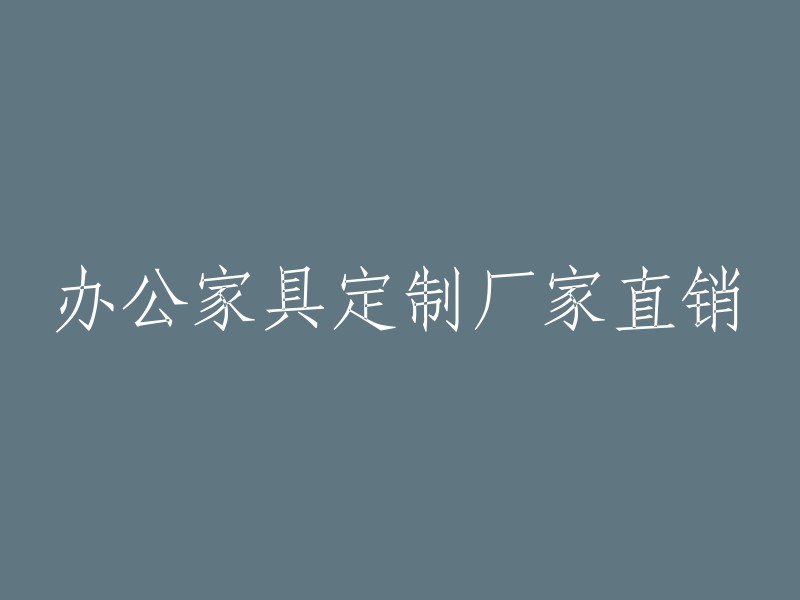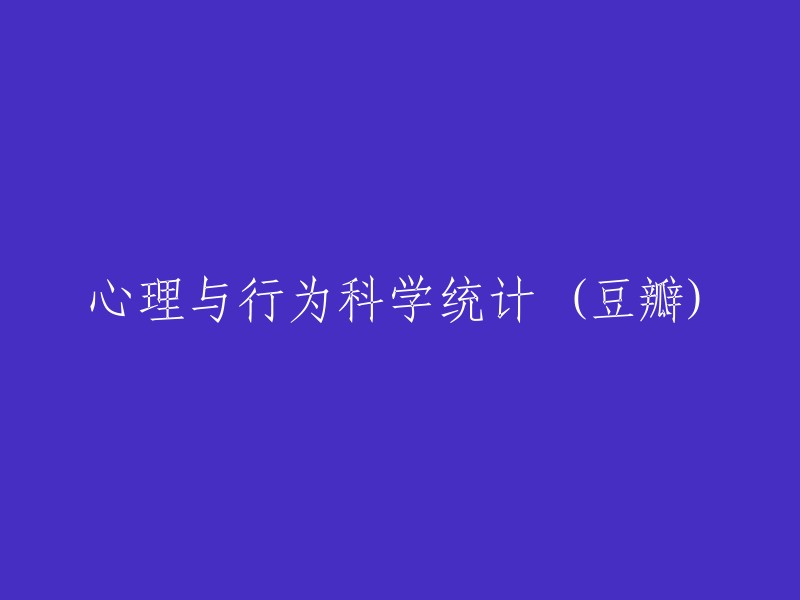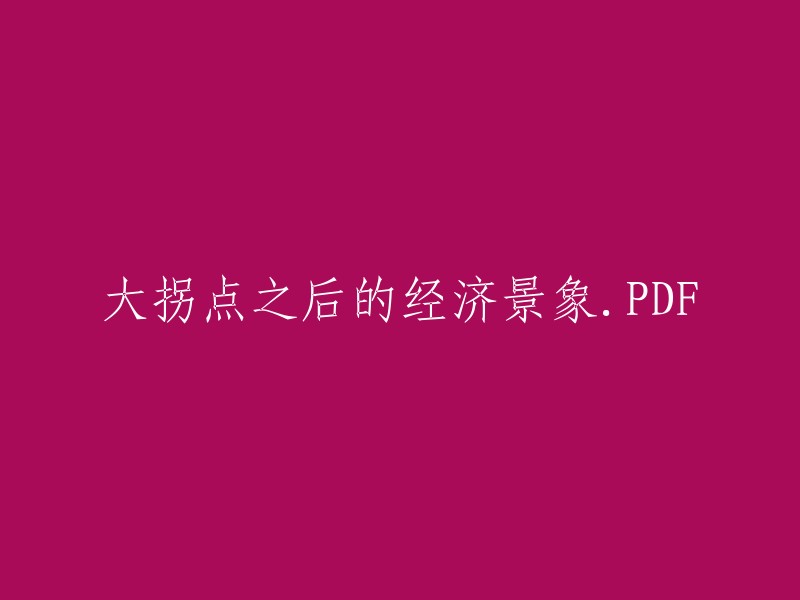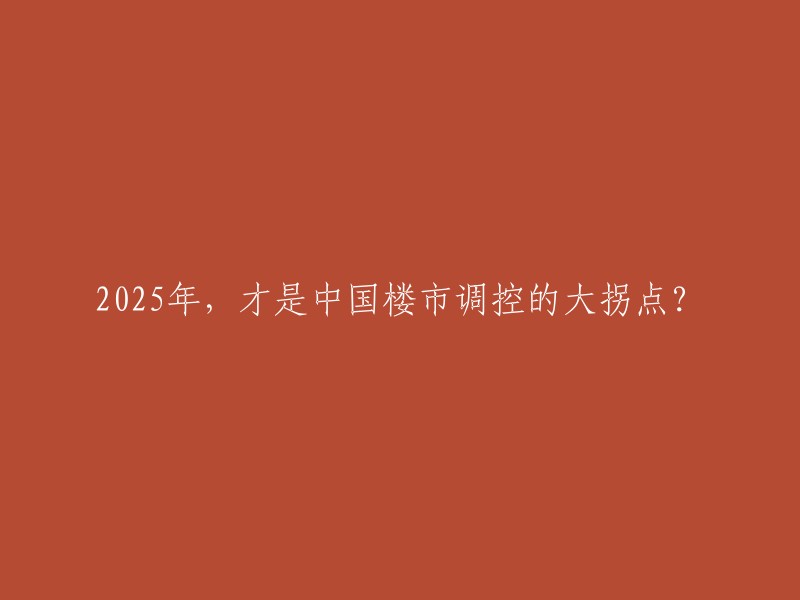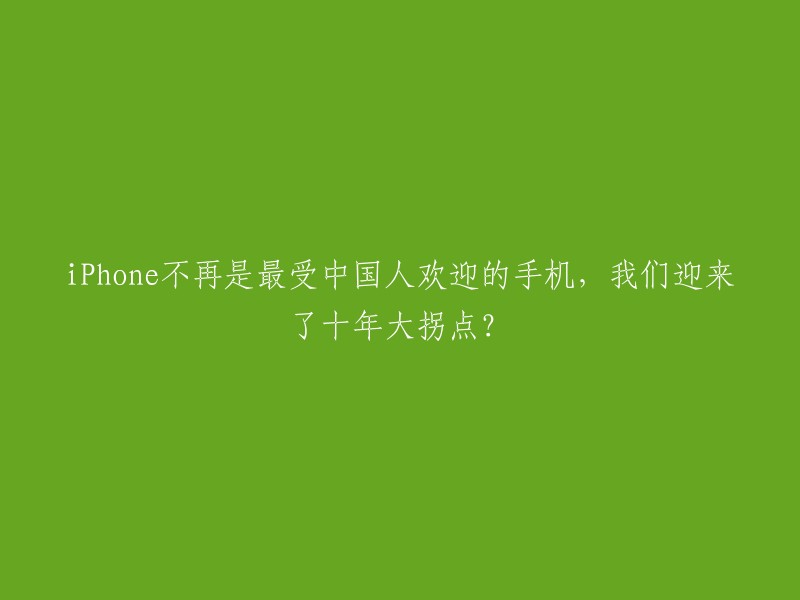LayoutInflater简介
在本文中,我们将了解如何通过LayoutInflater将XML布局文件转换为View对象。LayoutInflater是Android开发中用于将XML布局文件解析并创建相应View对象的工具类。其主要方法是`LayoutInflater.from(mContext).inflate(resId, contentParent)`,其中`mContext`表示当前上下文,`resId`表示XML布局文件的资源ID,`contentParent`表示将生成的View添加到哪个父布局中。
具体源码流程如下:
1. 首先通过当前上下文获取Resources对象:`Resources res = getContext().getResources();`
2. 然后根据资源ID获取XmlResourceParser对象:`XmlResourceParser parser = res.getLayout(R.layout.main);`
3. 通过XmlResourceParser获取布局根View的布局名字:`final String name = parser.getName();`
4. 通过Xml.asAttributeSet获取当前布局的属性:`final AttributeSet attrs = Xml.asAttributeSet(parser);`
5. 调用createViewFromTag方法,使用反射的形式创建对应的View对象:`final View temp = createViewFromTag(root, name, inflaterContext, attrs);`
需要注意的是,此时生成的View对象还没有设置LayoutParams,也就是说布局中的宽高、外边距等设置还没有应用到这个View上。因此,`view.LayoutParams`仍然等于null。请务必理解这一点。例如,尽管布局文件R.layout.button_layout中的属性已经设置了宽高,但此时生成的View对象并没有设置这些宽高属性,即`view.LayoutParams`仍然等于null。
获得LayoutInflater实例的三种方式:
1. 通过调用LayoutInflater类的静态方法`getLayoutInflater()`:`LayoutInflater inflater = LayoutInflater.from(context);`
2. 通过调用Activity或Fragment的`getLayoutInflater()`方法:`LayoutInflater inflater = activity.getLayoutInflater();`
3. 通过调用Application的`getSystemService()`方法获取LayoutInflater实例:`LayoutInflater inflater = (LayoutInflater) context.getSystemService(Context.LAYOUT_INFLATER_SERVICE);
LayoutInflater inflater = getLayoutInflater(); //调用Activity的getLayoutInflater()
LayoutInflater localinflater = (LayoutInflater)context.getSystemService(Context.LAYOUT_INFLATER_SERVICE);
LayoutInflater inflater = LayoutInflater.from(context);
这三种方式最终本质是都是调用的Context.getSystemService()。
inflate方法有以下几种过载形式,返回值均是View对象,如下:
public View inflate (int resource, ViewGroup root)
public View inflate (XmlPullParser parser, ViewGroup root)
public View inflate (XmlPullParser parser, ViewGroup root, boolean attachToRoot)
public View inflate (int resource, ViewGroup root, boolean attachToRoot)
使用示例:
```java
// 通过资源ID获取布局文件
int layoutId = R.layout.example_layout;
// 将布局文件加载到指定的ViewGroup中
ViewGroup rootView = findViewById(R.id.root_view);
View view = inflater.inflate(layoutId, rootView, false);
```
public class Main2Activity extends AppCompatActivity {
@Override
protected void onCreate(Bundle savedInstanceState) {
super.onCreate(savedInstanceState);
setContentView(R.layout.activity_main2);
LayoutInflater inflater = LayoutInflater.from(this);
// 这里需要指定一个root父容器
ViewGroup root = findViewById(R.id.linearlayout);
// 这样就得到了这个 R.layout.test这个view了
View view = inflater.inflate(R.layout.test, root);
// 后续就根据findViewById获取R.layout.test中的每个view了
TextView textView = view.findViewById(R.id.text_view);
}
}
LayoutInflater的三个参数的意义:
1. 布局资源ID:用于指定要加载的布局文件。
2. 根容器:用于存放加载后的视图对象。如果设置为null,那么返回的视图对象将没有LayoutParams对象,视图对象实例也没有设置布局文件中定义的宽高和外边距。如果设置不为null,那么在inflate方法内部会调用`params = root.generateLayoutParams(attrs);`来设置布局文件中定义的宽高和外边距。
3. 附加数据:用于传递给布局文件中的控件属性。
请根据提供的内容完成内容重构,并保持段落结构:
研究如下:我们先定义两个布局,一个是rootLayout布局,另一个是R.layout.button_layout。然后调用generateDefaultLayoutParams方法设置不同的LayoutParams。
```xml
android:layout_width="match_parent" android:layout_height="match_parent" tools:context=".MainActivity" android:id="@+id/rootLayout" > ``` ```xml android:layout_width="wrap_content" android:layout_height="wrap_content" android:orientation="horizontal"> ``` 接下来,我们需要在代码中调用generateDefaultLayoutParams方法来设置不同的LayoutParams。 您好!您可以使用LayoutInflater来加载布局,然后设置不同的参数以查看效果和日志。当root设置为null时,您可以使用以下代码: ```java LayoutInflater inflater = LayoutInflater.from(context); View view = inflater.inflate(R.layout.your_layout, null); ``` 在这段代码中,首先通过调用`LayoutInflater.from(this).inflate(R.layout.button_layout, null)`方法来创建一个名为`view`的视图对象。然后判断`view`的`layoutParams`属性是否为`null`。如果为`null`,则输出日志信息`"onCreate: view.layoutParams == null"`;否则,输出日志信息`"onCreate width : ${view.layoutParams.width}"`。 接下来,将创建好的`view`添加到`activityMainBinding.rootLayout`中。这里的`activityMainBinding.rootLayout`是一个FrameLayout类型的布局容器。当调用`activityMainBinding.rootLayout.addView(view)`时,内部源码会为其设置`LayoutParams`。然而,这个过程中设置的`LayoutParams`并不是通过R.layout.button_layout中设置的宽高300dp和外边距30dp,而是调用了`generateDefaultLayoutParams()`方法去获取一个默认的`LayoutParams`。 总结一下,这段代码的作用是创建一个视图对象并将其添加到指定的布局容器中,同时在添加过程中获取默认的布局参数。 对于不同的布局,`generateDefaultLayoutParams`获取默认的`LayoutParams`是不一样的。例如,当当前的`rootLayout`是`FrameLayout`时,返回设置的`LayoutParams`都是`LayoutParams.MATCH_PARENT`。因此,在调用上面将`rootLayout`设置为`null`的代码中,你会发现无论在`R.layout.button_layout`的`LinearLayout`如何更改外边距、宽高都没有效果(内边距有效果且不影响)。安装进去后出现的效果都是`LinearLayout`铺满整个界面,这是因为`addView`的时候,`FrameLayout`把默认的`LayoutParams.MATCH_PARENT`设置到了这个视图中。 换句话说,你可以理解为这个`R.layout.button_layout`被改为宽度和高度设置为`MATCH_PARENT`,而没有设置外边距。然而内边距仍然是10dp的布局。最终的效果如下: ```lua +-------------------------------+ | FrameLayout | +-------------------------------+ | | (内边距) | | | LinearLayout | | | (宽高设置为 MATCH_PARENT) | | (外边距未设置) | | +-------------------------------+ ``` 而如果你的`rootLayout`设置成了`ConstraintLayout`或者相对布局,对于它们来说,调用`generateDefaultLayoutParams`获取默认的布局`LayoutParams`是`LayoutParams.WRAP_CONTENT`,包含自身并设置到被添加的视图上。最终效果就是包含自身。 根据你提供的内容,我将重构后的代码如下: ```java // 如果 rootLayout 设置为 LinearLayout if (rootLayout instanceof LinearLayout) { // 获取默认布局 LayoutParams LayoutParams params = generateDefaultLayoutParams((LinearLayout.LayoutParams) getContext().getSystemService(LAYOUT_INFLATER_SERVICE).inflate(R.layout.button_layout, null)); // 根据设置是水平还是竖直来定义效果 if (isHorizontal) { // 设置水平效果 } else { // 设置竖直效果 } } else if (rootLayout != null) { // 当LayoutInflater参数root不等于null时 LayoutInflater inflater = (LayoutInflater) getContext().getSystemService(LAYOUT_INFLATER_SERVICE); view = inflater.inflate(R.layout.button_layout, activityMainBinding.rootLayout, false); if (view.getLayoutParams() == null) { Log.d("zjsss", "onCreate: view.layoutParams == null"); } else { Log.d("zjsss", "onCreate width: ${view.getLayoutParams().width}"); } activityMainBinding.rootLayout.addView(view); } ``` 在这段重构后的代码中,我们首先判断 `rootLayout` 是否为 `LinearLayout`。如果是,我们根据设置是水平还是竖直来定义效果。如果不是,并且 `rootLayout` 不等于 `null`,我们使用 `LayoutInflater` 将 `R.layout.button_layout` 解析为 `view`,并将其添加到 `activityMainBinding.rootLayout` 中。同时,我们还会打印出宽度信息。 在 Android 中,当你使用 LayoutInflater.from(this).inflate(R.layout.button_layout, activityMainBinding.rootLayout,false) 方法将布局文件转换成 View 时,默认情况下,View 的宽高和外边距会受到其他布局的 LayoutParams 的影响。但如果你设置了 root 参数不为 null,那么你的 View 在 R.layout.button_layout 中设置的宽高和外边距就不会被其他布局的 LayoutParams 影响。 代码示例: ```java view = LayoutInflater.from(this).inflate(R.layout.button_layout, activityMainBinding.rootLayout, false); if (view.getLayoutParams() == null) { Log.d("zjsss", "onCreate: view.layoutParams == null"); } else { Log.d("zjsss", "onCreate width: ${view.layoutParams.width}"); } activityMainBinding.rootLayout.addView(view); ``` 效果就是,当 root 不为 null 时,attachToRoot 设置为 true 或者 false 的区别在于是否立即将 View addView 到这个 root View 上。如果 setAttachToRoot 为 true,则在 inflate 方法源码内部会自动帮你立即将 View addView;如果设置为 false,则表示你需要在其他适当的时候手动调用 addView。具体何时调用 addView,取决于你的业务需求。 在这段代码中,首先通过`LayoutInflater.from(this).inflate(R.layout.button_layout, activityMainBinding.rootLayout,false)`将布局文件`button_layout`加载到`activityMainBinding.rootLayout`中,并将其赋值给`view`。然后判断`view.layoutParams`是否为`null`,如果为`null`,则输出日志。如果不为`null`,则输出宽度信息。最后将`view`添加到`activityMainBinding.rootLayout`中。 如果你已经设置了`attachToRoot`为`true`,则不再需要调用`addView()`方法,否则会报错。当`root`设置为`null`时,调用`addView()`方法时,会根据`rootLayout`的布局类型调用`generateDefaultLayoutParams()`方法获取默认的`layoutParams`,并设置到反射的`view`对象中,而不会设置你在布局文件中设置的宽高。如果你希望设置自己的`LayoutParams`对象,可以在调用`addView()`之前,先判断`view.layoutParams`是否已经有了`LayoutParams`对象,如果有,则不需要调用`generateDefaultLayoutParams()`生成默认的。 以下是重构后的代码,并保持了段落结构: ```kotlin val view = LayoutInflater.from(this).inflate(R.layout.button_layout, null) // 这里设置一个 LayoutParams ,并设置了宽高和外边距 view.layoutParams = FrameLayout.LayoutParams(550, 800).apply { topMargin = 100 leftMargin = 100 } if (view.layoutParams == null) { Log.d("zjsss", "onCreate: view.layoutParams == null") } else { Log.d("zjsss", "onCreate width: ${view.layoutParams.width}") } activityMainBinding.rootLayout.addView(view) ``` 总结上面的结论: * 通过反射获取的布局 `layout` 不包含 `LayoutParams`。在这种情况下,`view` 对象实例并没有设置布局设置的宽高和外边距。 * 当 `root` 为 `null` 时,调用 `inflate` 方法返回的 `view` 对象也没有 `LayoutParams`。同样,`view` 对象实例没有设置布局设置的宽高和外边距。 * 当 `root` 不为 `null` 时,源码内部会通过调用 `params = root.generateLayoutParams(attrs)` 为布局中的宽高和外边距生成 `LayoutParams`。 * 在调用 `addView` 的时候,如果这个被添加的 `view` 对象没有 `LayoutParams`,那么系统会根据当前 `rootLayout` 是什么布局来为其生成默认的 `LayoutParams`。 你可以通过以下方式获取View的宽高: ```java view = LayoutInflater.from(this).inflate(R.layout.button_layout, activityMainBinding.rootLayout,true); Log.d("zjs", "宽度:" + view.getWidth()); view = LayoutInflater.from(this).inflate(R.layout.button_layout, activityMainBinding.rootLayout,false); Log.d("zjs", "宽度:" + view.getWidth()); activityMainBinding.rootLayout.addView(view); Log.d("zjs", "宽度:" + view.getWidth()); view = LayoutInflater.from(this).inflate(R.layout.button_layout, null); Log.d("zjs", "宽度:" + view.getWidth()); activityMainBinding.rootLayout.addView(view); Log.d("zjs", "宽度:" + view.getWidth()); ``` 在这些代码中,我们分别在不同的情况(有绑定和无绑定)下获取View的宽度,并将其打印出来。 在Android开发中,如果你想获取一个View的宽度和高度,你需要首先确保这个View已经被测量并布局。这是因为View的宽度和高度可能在其父布局还没有完成测量和布局时是未知的。 以下是一个例子: ```kotlin val view: View = LayoutInflater.from(this).inflate(R.layout.button_layout, null) view.measure( View.MeasureSpec.makeMeasureSpec(activityMainBinding.rootLayout.width, View.MeasureSpec.EXACTLY), View.MeasureSpec.makeMeasureSpec(activityMainBinding.rootLayout.height, View.MeasureSpec.EXACTLY) ) view.layout(0, 0, activityMainBinding.rootLayout.width, activityMainBinding.rootLayout.height) Log.d("zjs", "width : ${view.width}") ``` 在这个例子中,我们首先通过LayoutInflater将XML布局文件转换为View对象,然后调用View的measure方法来测量它的尺寸。measure方法返回两个值,分别是View的实际宽度和实际高度。然后我们调用View的layout方法来确定它在父布局中的位置。最后,我们使用Log工具打印出View的宽度。 需要注意的是,measure和layout这两个方法都是在主线程中执行的,而获取View的宽度和高度则是在其他线程中进行的。因此,为了保证线程安全,我们需要确保这些操作都在主线程中执行。 要将一个布局反射成一个View对象,并且这个View对象本身不需要放在哪个root上,然后把这个View对象变成Bitmap,可以按照以下步骤进行: 1. 创建一个新的View对象; 2. 将布局文件设置为新创建的View对象的布局参数; 3. 将新创建的View对象添加到一个新的ViewGroup中; 4. 在新创建的ViewGroup中测量和布局; 5. 从新创建的ViewGroup中获取View对象; 6. 将View对象转换为Bitmap。 以下是相应的代码实现: ```kotlin import android.graphics.Bitmap import android.graphics.Canvas import android.view.LayoutInflater import android.view.View import android.view.ViewGroup import android.widget.FrameLayout import androidx.annotation.NonNull import androidx.core.content.ContextCompat import java.lang.reflect.Field fun createViewFromLayout(layoutId: Int): Bitmap? { val view = LayoutInflater.from(context).inflate(layoutId, null) as View val bitmap = Bitmap.createBitmap(view.width, view.height, Bitmap.Config.ARGB_8888) val canvas = Canvas(bitmap) view.draw(canvas) return bitmap } ``` 注意:这种方法可能会导致性能问题,因为它需要在内存中创建一个与实际屏幕尺寸相同的Bitmap。在实际应用中,请根据需求谨慎使用。 ```java public Bitmap getBitmapFromXml(Context context, int layoutRes) { // 创建一个视图对象 View view = LayoutInflater.from(context).inflate(layoutRes, null); // 测量视图的大小 view.measure(View.MeasureSpec.makeMeasureSpec(screenWidth, View.MeasureSpec.EXACTLY), View.MeasureSpec.makeMeasureSpec(screenHeight, View.MeasureSpec.EXACTLY)); // 设置视图的位置 view.layout(0, 0, screenWidth, screenHeight); // 创建一个位图对象 Bitmap bitmap = Bitmap.createBitmap(screenWidth, screenHeight, Bitmap.Config.ARGB_8888); // 创建一个画布对象 Canvas canvas = new Canvas(bitmap); // 将视图绘制到画布上 view.draw(canvas); // 返回位图对象 return bitmap; } ``` 当使用 `attachToRoot = true` 时,布局会自动进行绘制,监听器可以接收到数据改变的情况。示例代码如下: ```kotlin view = LayoutInflater.from(this).inflate(R.layout.button_layout, activityMainBinding.rootLayout, true) view.viewTreeObserver.addOnGlobalLayoutListener { val width = view.width val height = view.height Log.d("zjs", "view width after layout width: $width") Log.d("zjs", "view width after layout height: $height") } ``` 而当使用 `attachToRoot = false`,并且不主动添加 `addView` 时,布局不会进行绘制,监听器也无法接收到数据改变。要解决这个问题,需要在后面手动调用 `activityMainBinding.rootLayout.addView(view)`,示例代码如下: ```kotlin view = LayoutInflater.from(this).inflate(R.layout.button_layout, activityMainBinding.rootLayout, false) view.viewTreeObserver.addOnGlobalLayoutListener { val width = view.width val height = view.height Log.d("zjs", "view width after layout width: $width") Log.d("zjs", "view width after layout height: $height") } activityMainBinding.rootLayout.addView(view) // 添加这一行来触发监听器 ```

